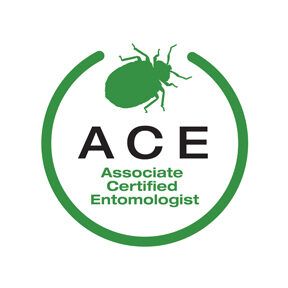Rodents have a constant need for food, without it they couldn’t do things like building nests, breed and escaping predators. Without a steady energy source, a rodent will quickly become food for a larger animal. So, food is life, especially for rodents. In the natural world food is abundant during spring and summer but come the end of fall the supply dwindles. As winter sets in there’s not much left except a few hard-to-find scraps. It is this drive for food and warmth that pushes a mouse population into a building and into our living spaces. Warm and cozy homes make perfect spots for mice to locate and consume easy to reach, high calorie food. This is great news for our new opportunistic housemates. 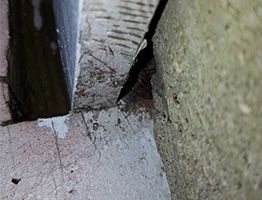
Getting into a building is easy for a rodent as they are excellent climbers, swimmers and chewers. They will search around the building looking for openings just big enough to get their jaw through. As long as that fits the rest of the body will follow. Their bodies are able to twist and contort to squeeze through the small cracks and crevices leading into and through a building. Once inside mice and rats will seek out the attic, basement or other unused rooms.
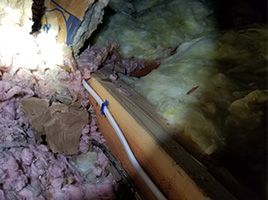
Once inside the building a mouse or rat will map it out using their whiskers, making note of food sources so the rodent can build a nest as close as possible.
When in a home, nests are typically made from insulation or chewed up fibers from various sources found around the home. Over time a single female will make multiple nest sites in a single building. As prey animals, they always want to be ready to move to a safer location if they feel threatened. Once a food source and nesting site has been established the rodents will begin to establish a colony.
Mice Biology
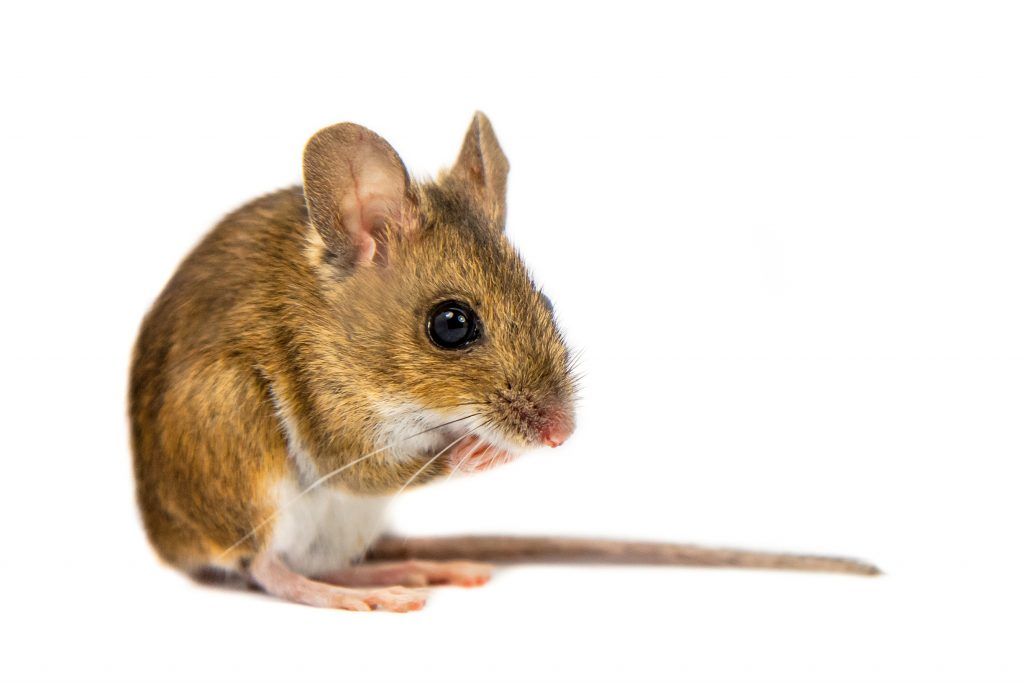
- An average adult mouse is 3 – 5 inches long
- Females can have a litter about every two months
- Each litter can be up to 12 pups
- A mating pair can become 20 mating pairs in 3 months
Rat Biology
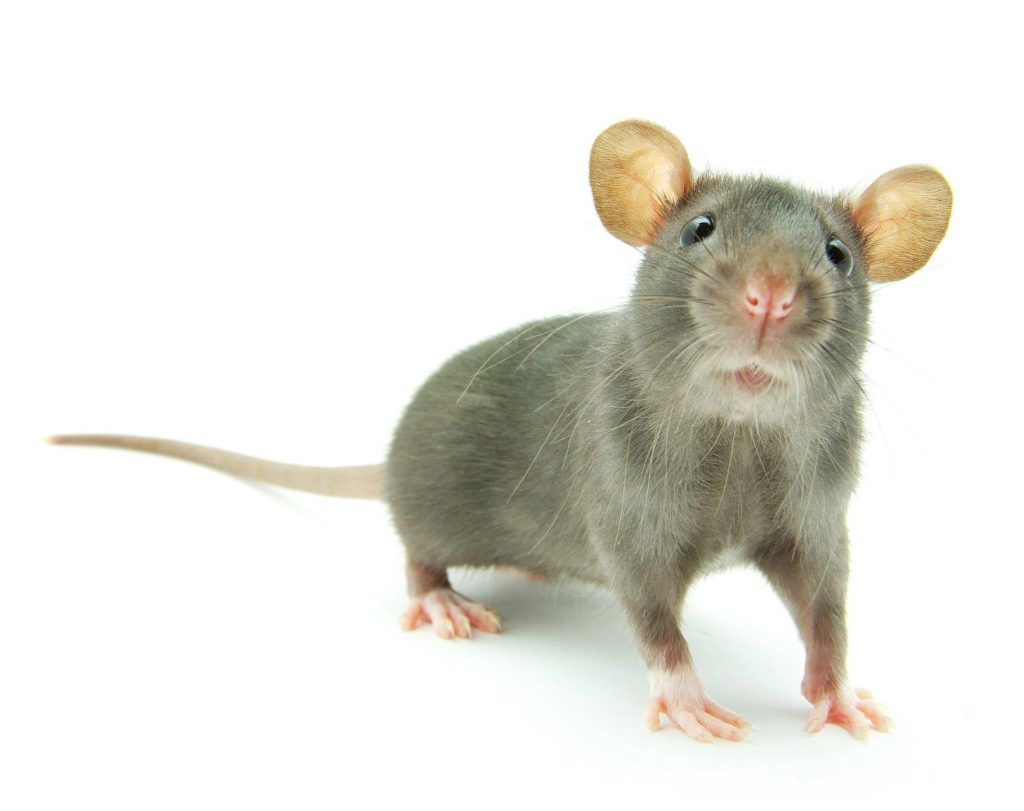
- An average adult rat is 16 – 20 inches head to tail tip
- Females can have about 7 litters per year
- Each litter has about 8 – 12 pups
- A mating pair can become 10 – 12 mating pairs in 3 months
With easy access to food, water and safe nesting sites a rodent problem will quickly become an infestation. Rodents entering the home can bring other issues into such as E. coli, salmonella, Clostridium difficile and the Hantavirus. The entrance holes also allow other pests like spiders, ants and snakes. These holes let precious heat flow out of your home in the winter. Some species of rats will dig up the dirt around a home making it impossible to grow grass or ornamental plants. Inside the home, all rodents will find food storage areas leaving fecal matter and urine as they move about.
What can be done?
There are no perfect solutions when it comes to rodents. Here at Bee Smart Pest Control we utilize a combination of methods like trapping, sealing and repellents along with proper follow-up these methods lead to rodent removal from your building. For more information subscribe to our blog and check out our Facebook page. Which is loaded with valuable information.
Thank you for reading,
Chris Mojo A.C.E – Owner | Entomologist
-
Bee Smart Pest Control | Schedule a appointment
-
Email
-
Phone
860-446-7500



